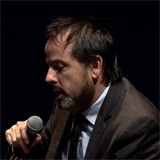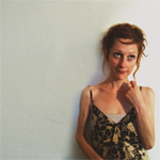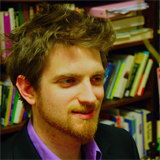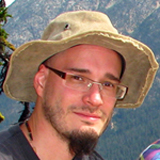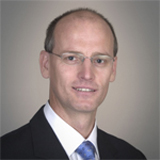Matthew Willse
Founder, theCoup
The Crowd (Open Data, Citizens, Sensors)
Abstract
In an era of big data and surveillance, sensemakers can create new means of ambient or integrative civic engagement. This form of engagement is not new, but can be amplified and made more pervasive.
A college in Boston recently added a new campus extension. The planners sought a student-centered approach to the design of walkways across the courtyard. They could have begun with a community survey, followed by design feedback, iteration, and a vote for approval. Instead, they started a new semester without pathways, allowing students to form natural connections between buildings, carved through use and experience. The results were later paved, not based on surveys and other representations of the public's thought and opinion, but rather on ambient student input in the form of experience and action.
Are there other examples of ambient or integrative civic engagement? What are the attributes of this form? How can we observe and foster this as a medium for communication between people, community and their government? How could this framework be applied to complex issues such as rent control, public health, and urban transportation?
“Calm technology” offers some insight on the attributes of ambient engagement. Nest, one example, is a sensor driven, learning thermostat. Rather than setting timers to control your temperature and energy use, Nest observes when people are home and learns when they are likely to leave and return. Nest demonstrates how complex observations and feedback loops can seamlessly integrate with our routines.
Currently in the US, civic engagement falls toward two poles. Individuals vote, tweet, “like” and petition, making a minor commitment of low-fidelity engagement. Large groups protest, march, and revolt, deeply investing time, identity, and their bodies in larger commitments of high-friction engagement. Toward both poles, people aim to facilitate communication between individuals and society, but fall short due to fidelity or friction.
In between these two poles, integrative civic participation offers an opportunity for more dynamic, pervasive and persistent engagement and communication. This presentation will explore this idea and its potential implementation in complex systems for the public good.
Biography
Matthew Willse, designer and technologist, dreams of ambient and pervasive civic engagement. By day, he consults with public interest organizations and initiatives. At night, Matthew pursues tools for organizing and advocacy that leverage network tech, but also integrate with the routines of our offline life. In all his work, he aims to reduce the divide between the moments of need/opportunity and our response through coordinated action.
